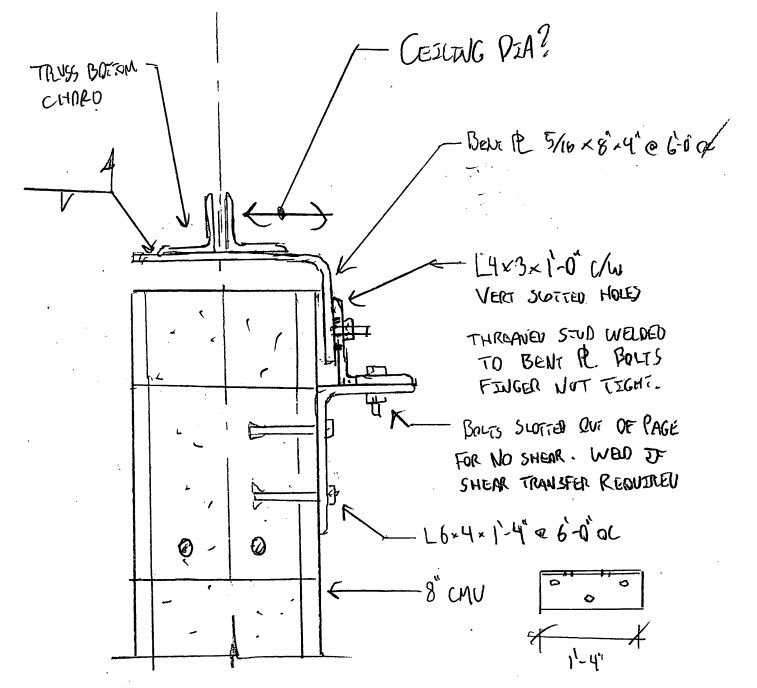SteelPE
Structural
- Mar 9, 2006
- 2,749
I have an existing building where the owner would like to install some new openings in the perimeter of the building. Code is IBC2015/ASCE7-10.
The existing building is 50’s to 60’s with riveted clear span gable roof trusses supported by perimeter columns and infill 8” CMU. The existing trusses/column connection contains a knee brace from the column to the roof truss (I’m thinking/assuming these knee braces resist lateral loads).
The owner would like to install 2 new overhead doors in the gable end of the building. Due to existing window locations, we think it’s better to remove the existing wall in its entirety and reinstall a new 8” CMU.
The issue I have in regards to attaching the new wall to the existing truss (see attached sketch). I have two options I usually default to in similar situations
1) Come up with an angle/expansion bolt detail to attach the truss to the new CMU wall
2) Install nelson studs along the bottom chord of the truss and grout the nelson studs into a bond beam.
Both options are not great. Does anyone have a better detail for this situation?
The existing wall has wire ties at 10" o.c. +/- attaching the masonry to the existing truss (shown in the sketch).
At this point, CMU is the direction we have not plans to get away from the CMU so please do not offer a solution that uses other building materials.
The existing building is 50’s to 60’s with riveted clear span gable roof trusses supported by perimeter columns and infill 8” CMU. The existing trusses/column connection contains a knee brace from the column to the roof truss (I’m thinking/assuming these knee braces resist lateral loads).
The owner would like to install 2 new overhead doors in the gable end of the building. Due to existing window locations, we think it’s better to remove the existing wall in its entirety and reinstall a new 8” CMU.
The issue I have in regards to attaching the new wall to the existing truss (see attached sketch). I have two options I usually default to in similar situations
1) Come up with an angle/expansion bolt detail to attach the truss to the new CMU wall
2) Install nelson studs along the bottom chord of the truss and grout the nelson studs into a bond beam.
Both options are not great. Does anyone have a better detail for this situation?
The existing wall has wire ties at 10" o.c. +/- attaching the masonry to the existing truss (shown in the sketch).
At this point, CMU is the direction we have not plans to get away from the CMU so please do not offer a solution that uses other building materials.

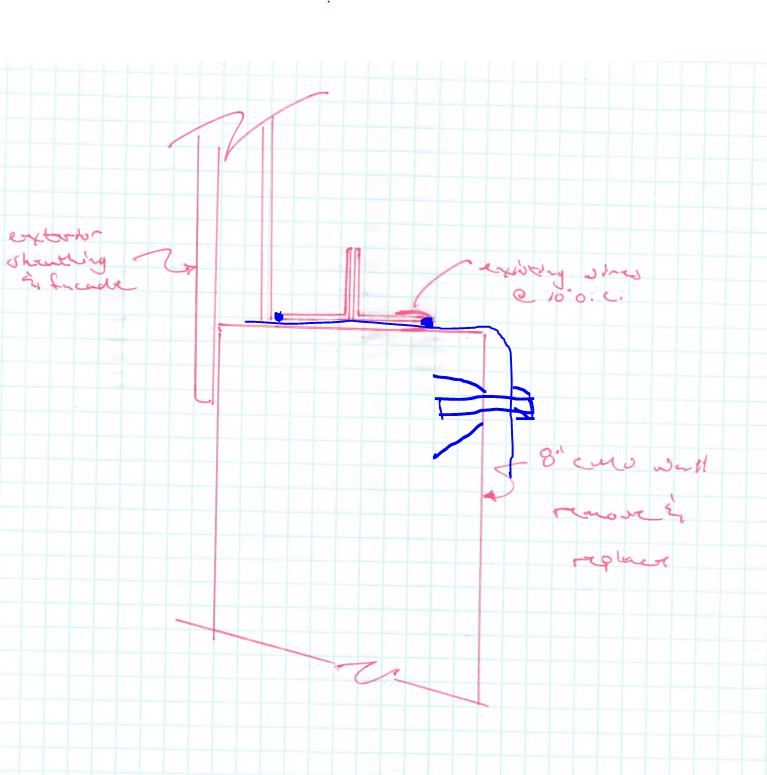
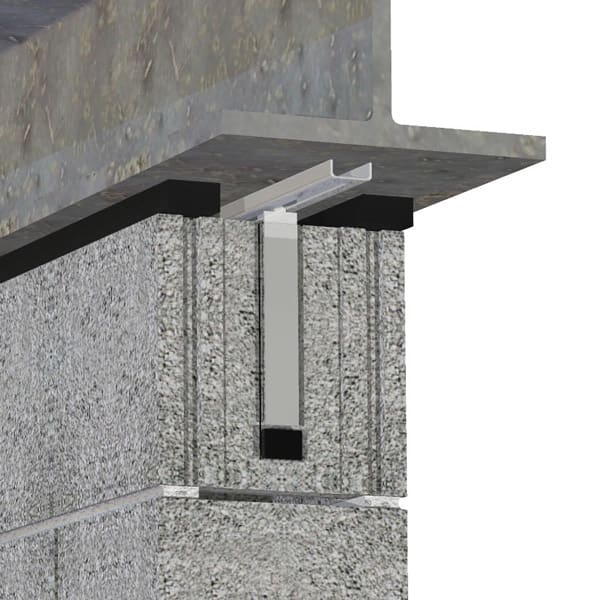
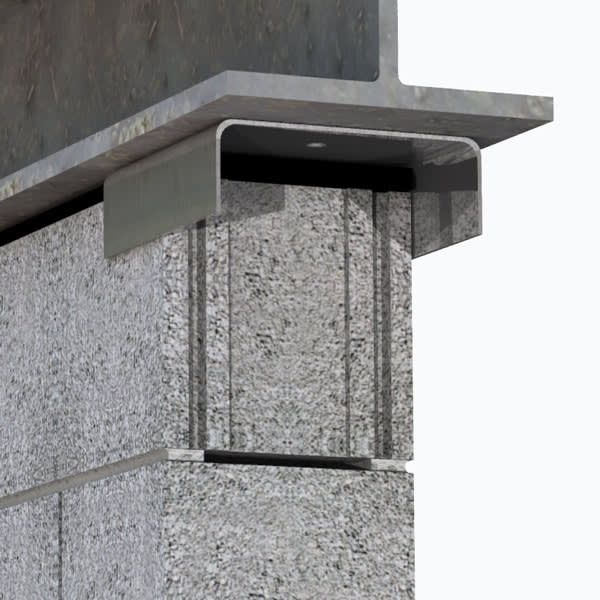
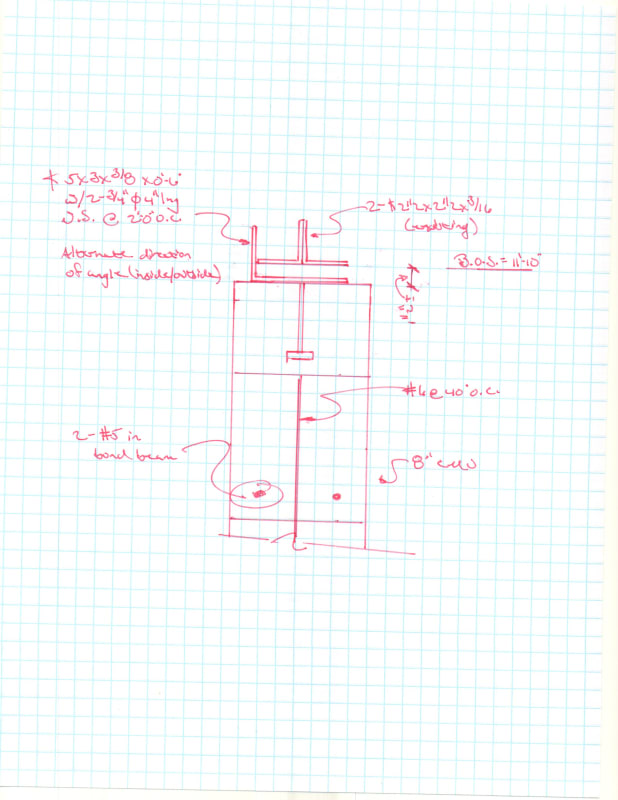
![[banghead] [banghead] [banghead]](/data/assets/smilies/banghead.gif)
